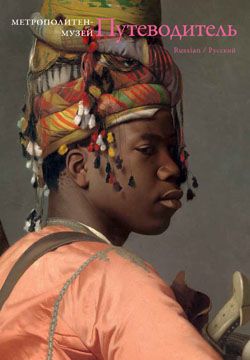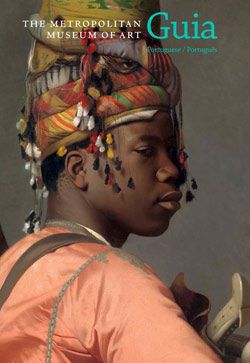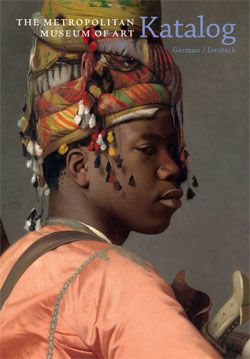Vase
Lush pinkish-red glazes, such as the “peach bloom” on this small vase, were first produced in the third quarter of the seventeenth century. Small vases in this shape have long been thought to belong to sets of eight or more accoutrements designed for a writing table. This is one of four vases, each with a subtly different shape, that were found among a set of implements. It is distinguished from the others by the three thin rings at the base of the neck. These sets, which may or may not actually have been used, were most likely intended for presentation as gifts to officials working at the court. As is often the case with works produced for the court, a six-character inscription on the base indicates that it was made during the reign of the Kangxi emperor (Da Qing Kangxi nian zhi). The style of writing of the Chinese characters, however, helps date the piece to the period from 1678 to 1688
This image cannot be enlarged, viewed at full screen, or downloaded.
This artwork is meant to be viewed from right to left. Scroll left to view more.



















